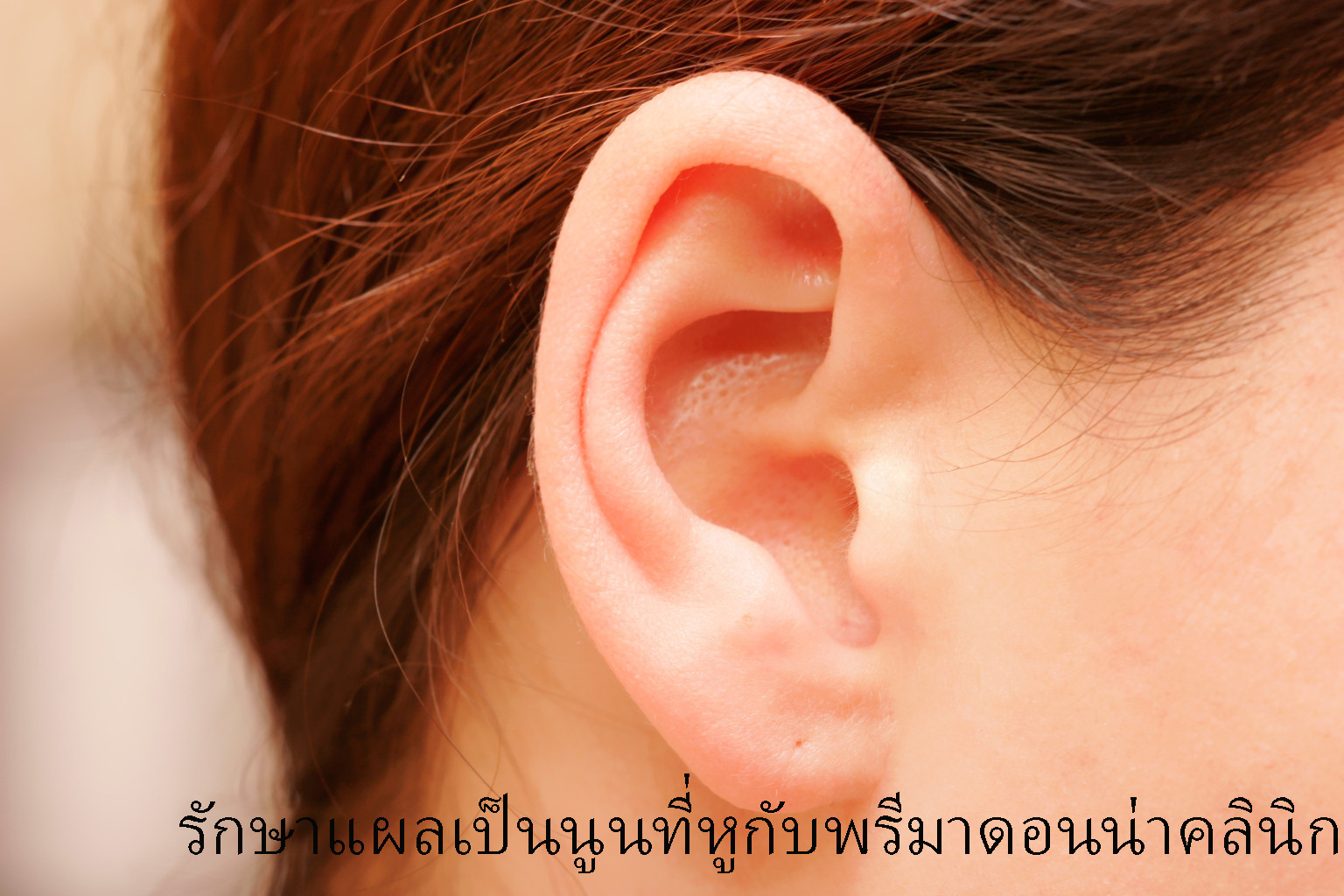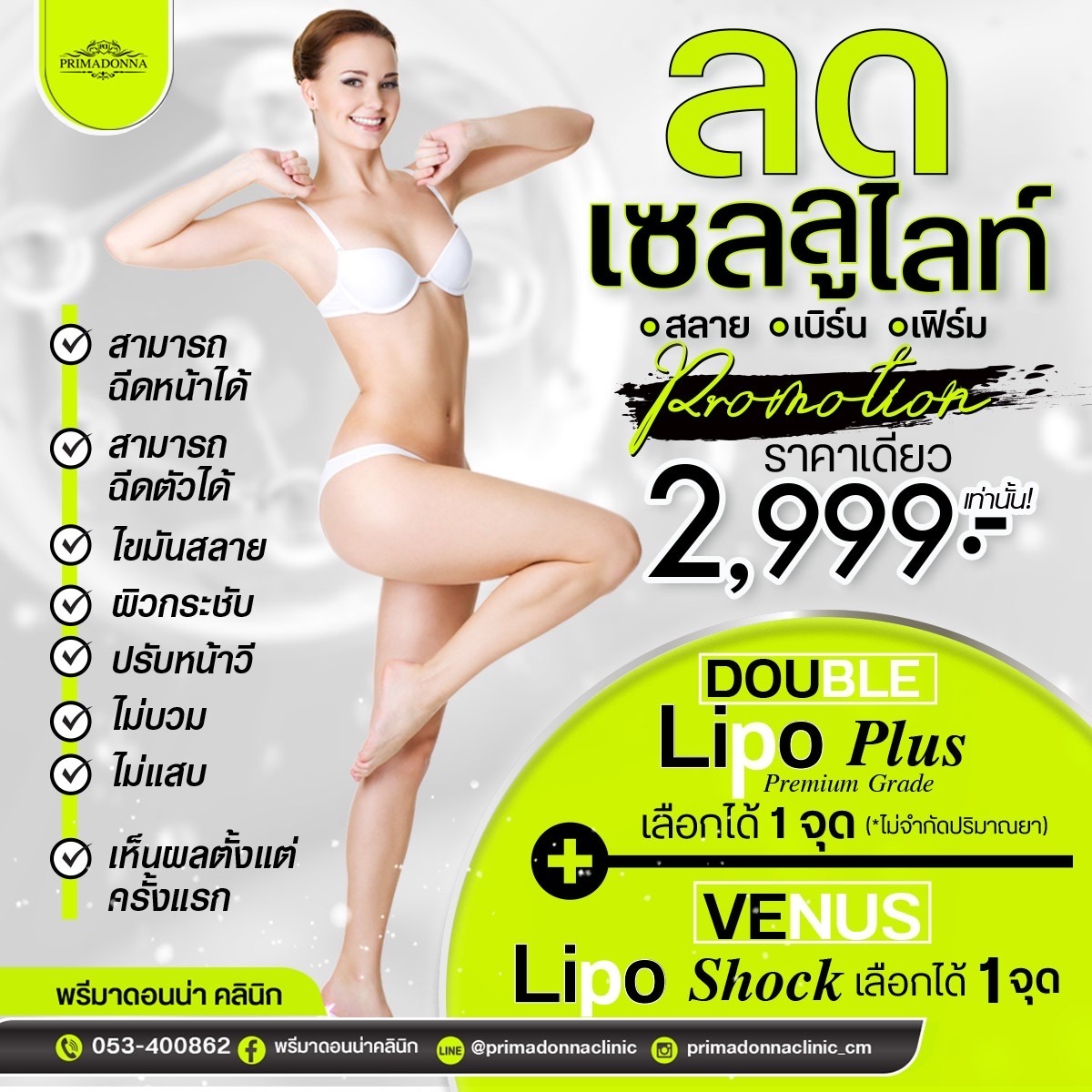
How Do I Get Rid of a Keloid on My Ear?
How Do I Get Rid of a Keloid on My Ear?
Keloids are overgrowths of scar tissue caused by trauma to your skin. They’re common after ear piercings and can form on both the lobe and cartilage of your ear. Keloids can range in color from light pink to dark brown.
Keep reading to learn more about what causes keloids and how to get rid of them on your ear.
Keloids are particularly hard to get rid of. Even when they’re successfully removed, they tend to reappear eventually. Most dermatologists recommend a combination of different treatments for long-lasting results.
Your doctor can surgically remove a keloid from your ear using a scalpel. However, this creates a new wound that will likely develop a keloid as well. When treated with surgery alone, keloids usually come back. That’s why doctors typically recommend other treatments, in addition to surgery, that prevent the keloid from coming back.
If you have surgery to remove an ear keloid, your doctor may recommend wearing a pressure earring after the procedure. These are earrings that place uniform pressure on part of your ear, which can help prevent a keloid from forming after surgery.
However, pressure earrings are also very uncomfortable for most people, and they need to be worn for 16 hours a day for 6 to 12 months.
Radiation treatment alone may reduce the size of a keloid. However, it’s usually used in conjunction with surgery.
There are also several nonsurgical treatment options you can try. While you might not be able to completely get rid of a keloid, many of these options can help to significantly shrink it.
Doctors can inject medications directly into your keloid to help shrink it, relieve symptoms, and make it softer. You’ll receive injections every three to four weeks until the keloid improves. This usually takes about four office visits.
According to the American Academy of Dermatology, about 50 to 80 percent of keloids shrink after treatment with injections. However, they also note many people experience a reoccurrence within five years.
Cryotherapy treatments freeze the keloid. They work best when combined with other treatments, especially steroid injections. Your doctor may recommend three or more cryotherapy treatments, either before or after receiving your series of steroid injections.
Laser treatments can reduce the size and fade the color of keloids. Like most other treatments, laser therapy is usually done in conjunction with another method.
A ligature is a surgical thread that’s tied around the base of larger keloids. Over time, the thread cuts into the keloid and causes it to fall off. You’ll need to have a new ligature tied on every three to four weeks until your keloid falls off.
Your doctor may prescribe a retinoid cream to help reduce the size and appearance of your keloid. StudiesTrusted Source show that retinoids can slightly reduce the size and symptoms, particularly itchiness, of keloids.




